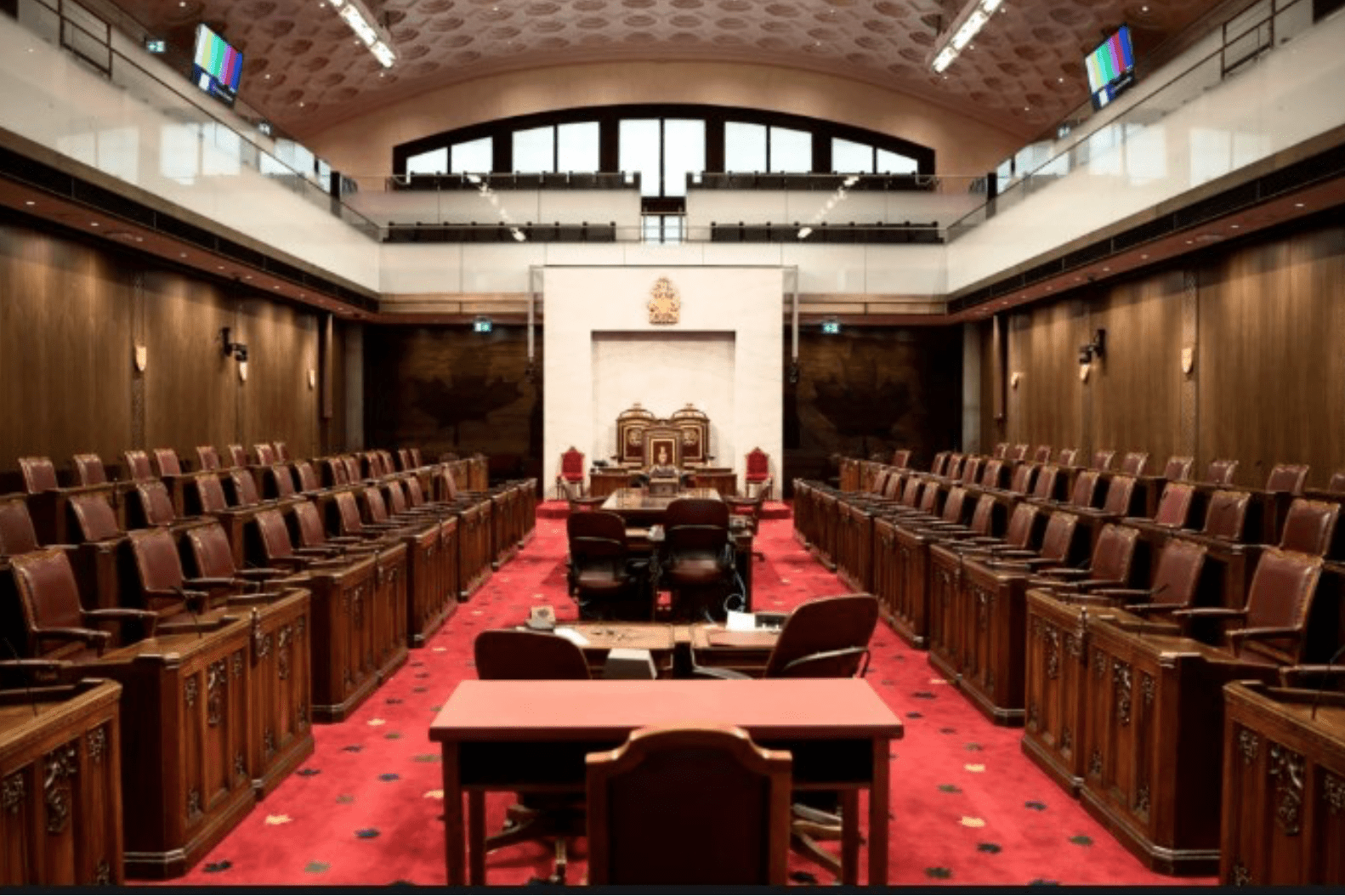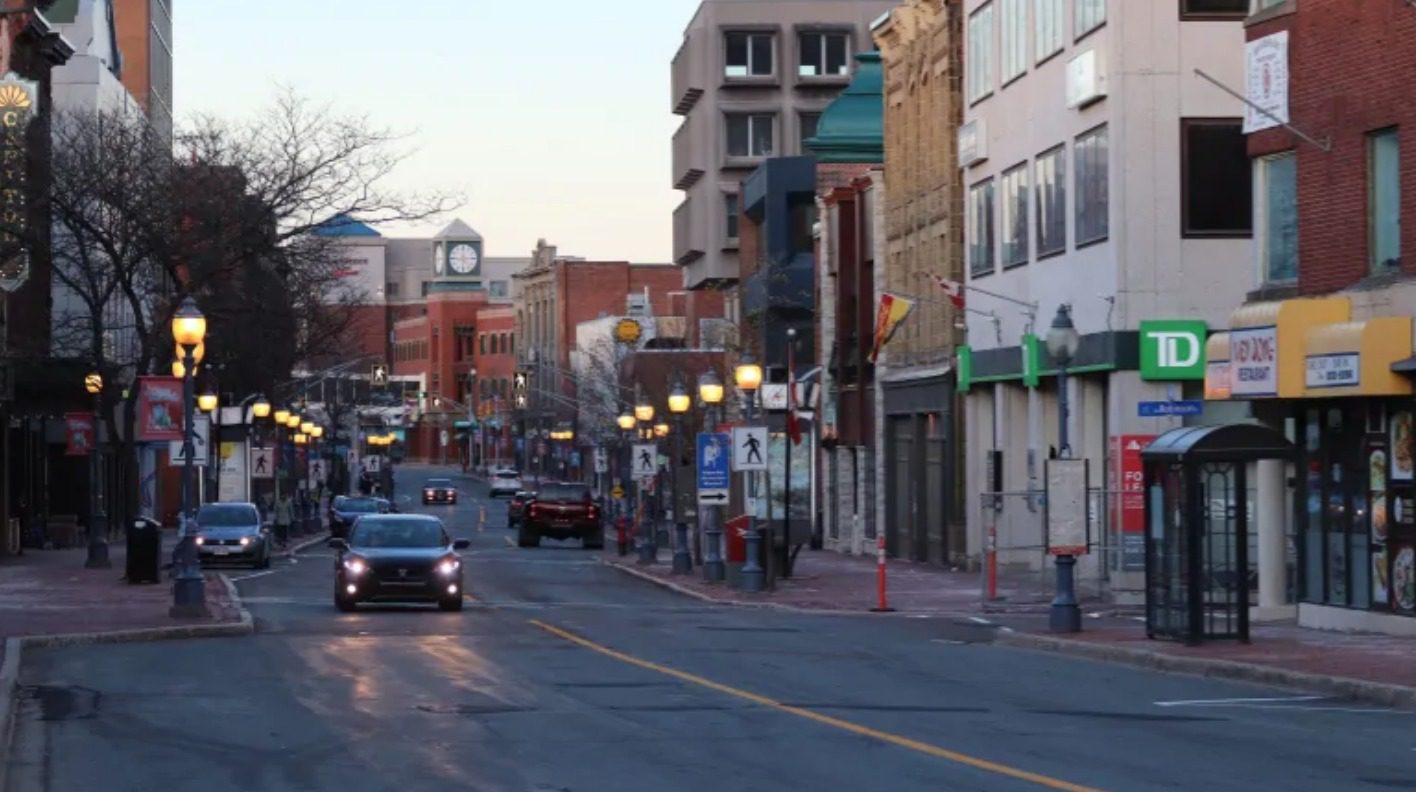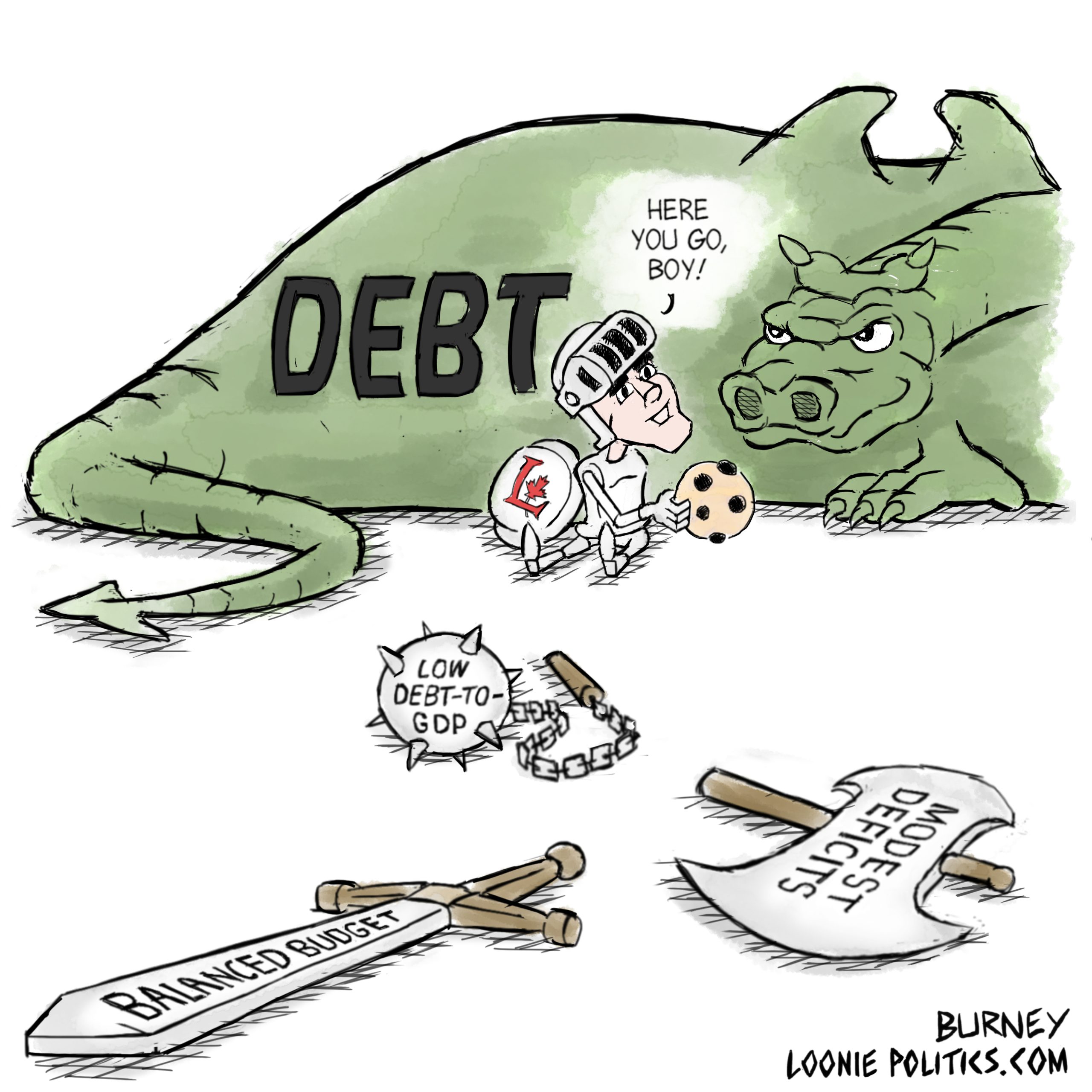The brain-trust of the Samara Centre for Democracy had a piece in Policy Options last week that proposed the creation of permanent citizen assemblies to be housed within the Senate as an exercise in "deliberative democracy" for Canadians. Their idea is that a representative sample of citizens selected by lottery would be sent to Ottawa to "learn about, discuss and make decisions on an issue," which raises all kinds of questions in my mind about what this does to our Westminster parliamentary system overall. While there should always be a way to get people more engaged in the political process, I am dubious that this is the vehicle by which to do it.
Our system, were it functioning the way it is intended, is designed to have the input of ordinary citizens in the process. This is ostensibly the point of grassroots democracy, where regular people join a party and participate in policy discussions that lead to policy resolutions that the party then votes on as a whole in biennial policy conventions. They also take part in the process of candidate nomination, which can also function as holding incumbent MPs to account, particularly in "safe" ridings for a party. A functional constituency association would be able to act as a liaison between the concerns of ordinary citizens and the parliamentary caucus in normal circumstances.
Unfortunately, we have drifted away from how this is system is designed to operate. The increasing power of party leaders as a direct result of how we select them in quasi-American primaries has meant that parties have now flipped and instead of being bottom-up from the grassroots, they are now top-down from the leader, who decides on policies as part of the leadership selection process, and imposes them upon the grassroots instead of the other way around. Leaders also exert too much control over candidate nominations, and the role of grassroots members is now more as a focus group outside of the leadership selection process, and time and again, we see parties essentially renting members or supporters for those leadership contests, who don't stick around.
With this in mind, I find myself immediately suspicious of what this citizen assembly proposal is aiming to do. Instead of looking to fix our current system and restoring the grassroots engagement process within parties, we are instead greeted with a proposal to weld a completely unnecessary body into an existing parliamentary body the Senate and using it as an excuse to promote civic engagement, with little regard for how it intrinsically devalues the role of representative democracy and how it short-circuits the whole role of Parliament as a body by which to hold the government to account.
The first question to ask is what exactly we would be asking these assemblies to decide upon. The Policy Options piece suggests that as a first step, an assembly could be convened to "consider priorities for social and economic rebuilding after the pandemic." Under the model proposed, these assemblies would spend a minimum of 40 hours learning about the problem and having a "good-faith discussion" about it, minus all of the grandstanding and assignation of blame within the House of Commons. I'm not sure that 40 hours is enough to learn about the economic and sociological issues that have been laid bare by the pandemic and the decades of policies that have led to this point, but that is not the point. The point is that this process undermines our current democratic foundation.
When the assembly presents its report, the expectation is that government would act on it, under the vision that these assemblies are becoming a "third house of Parliament," but we immediately find ourselves in a problem of accountability. If we expect a government that must maintain the confidence of Parliament to implement the recommendations of a bunch of random strangers, how are we to hold them to account? They will insist that their hands were tied, or they will launder the accountability for decisions by way of these assemblies. Governments of all stripes in this country already have a bad habit of ensuring that they are "forced" to make tough decisions usually by the courts and we have countless examples of just this. These assemblies would just be one more way of governments finding ways of being "forced" to have tough decisions "imposed" on them by giving them to these assemblies, so that they can claim not to be held accountable for them.
I am also deeply disturbed by the fact that part of the motivation for these assemblies is to do an end-run around partisan politics, particularly in how the authors have framed their desire to place the structure of these assemblies in the "new" Senate a body which has developed a whole host of new problems that had not existed in its over-150-year history because of the way that the current prime minister cut it loose from the existing party structure, and left new appointees to fend for themselves. The authors also fail to recognise that there are demonstrable problems with many citizens' assemblies, particularly in that they have a remarkable tendency to deliver outcomes that match the biases of those who are appointed to guide them, such as why assemblies on electoral reform always tends to come up with a form of mixed-member proportional.
"When used correctly, they are tools for giving people a sense of agency, facilitating learning, transcending polarization, engendering trust in democratic processes, and building agreement and acceptance of policy decisions," the authors claim of these assemblies, but this doesn't actually engender trust in the democratic process. Rather, it undermines it in favour of farming out decisions to these unelected assemblies under the guise of progressivity and being a "leader" in democratic innovation. We should instead be encouraging a return to a strengthened grassroots process that engages people within the existing party structures where there is accountability in Parliament and at the ballot box for policies and decisions taken.
Photo Credit: Senate Of Canada












